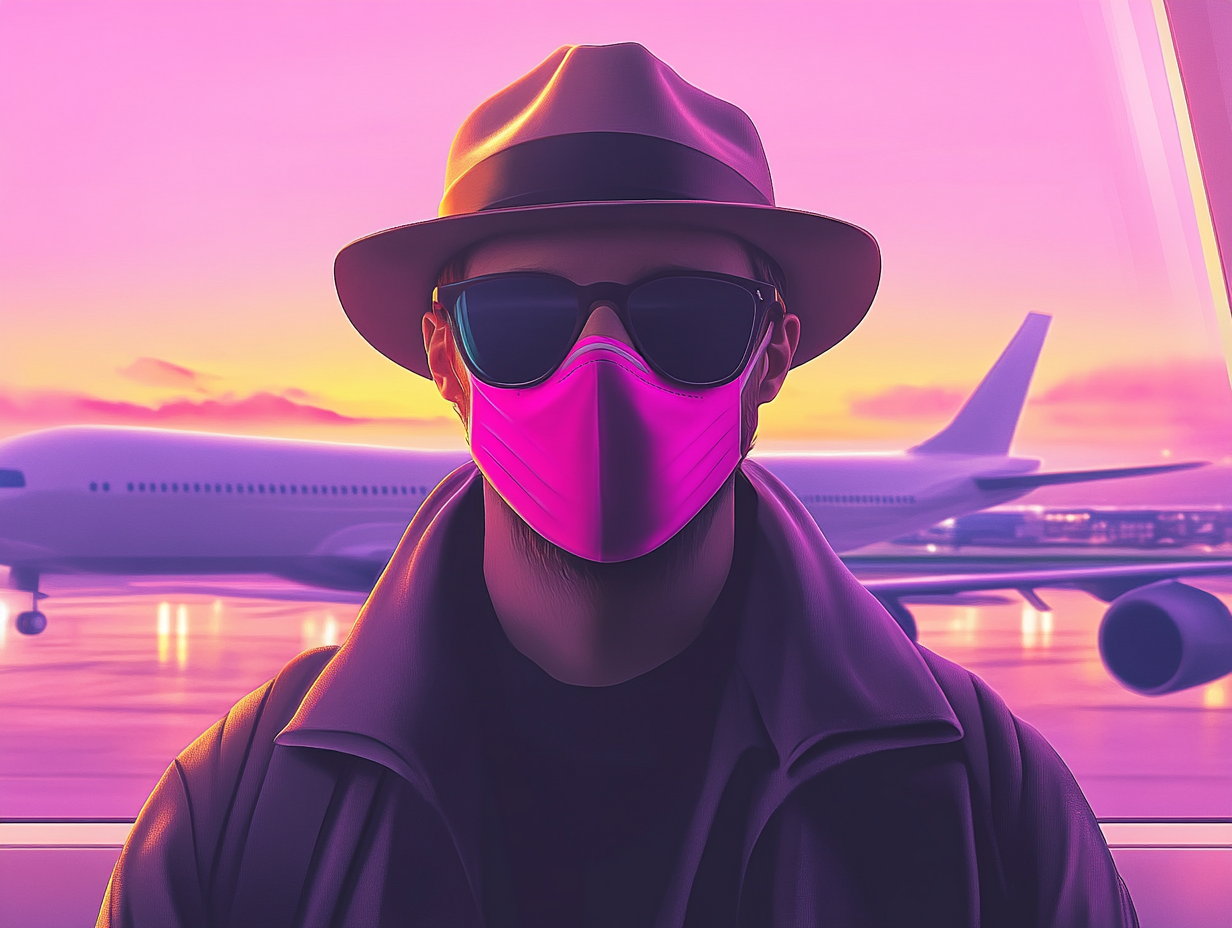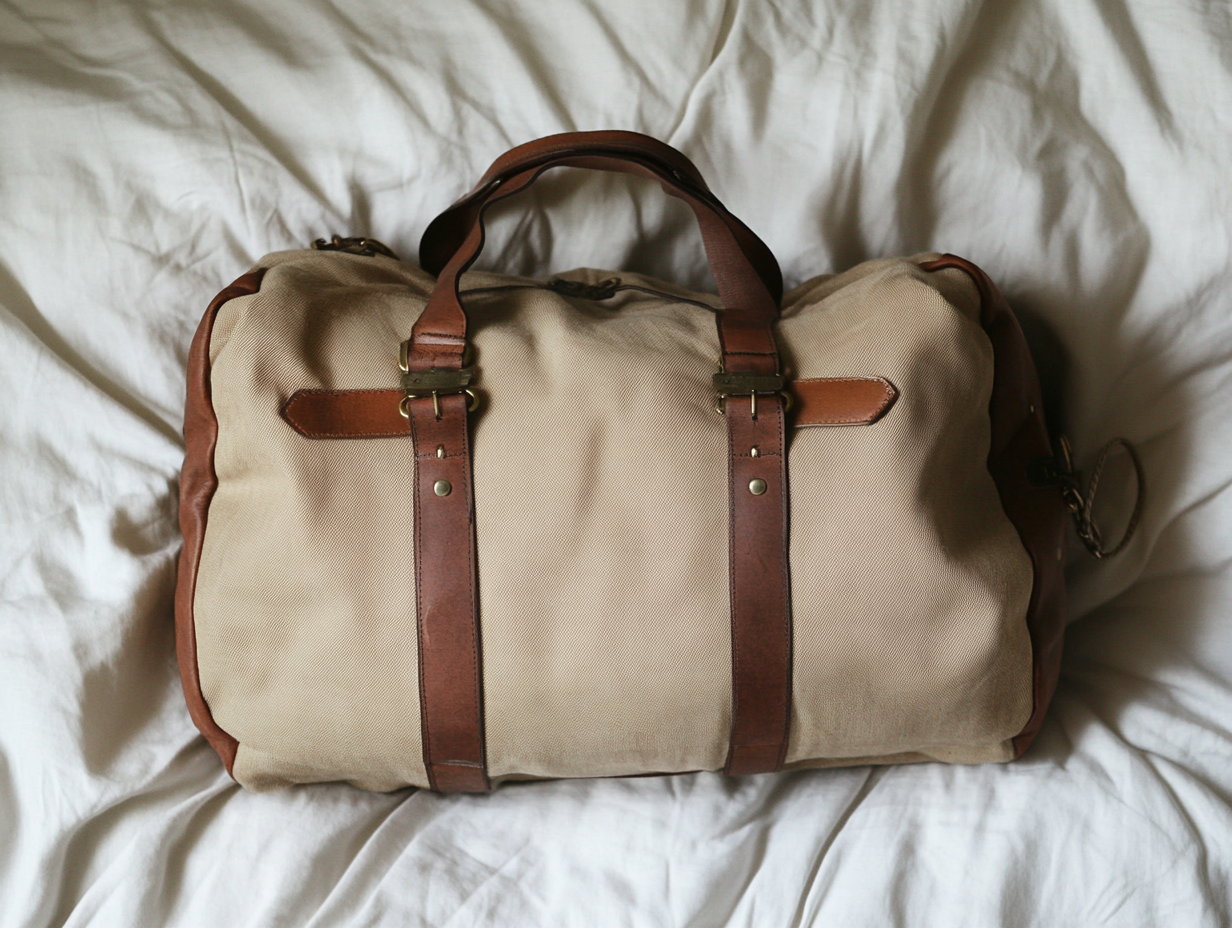Do you tend to catastrophize or get stressed during patches of rough air? Read this advice from the pros who fly for a living.
It’s an experience all too familiar with air travelers: One minute the flight is going smoothly, and the next thing you know it feels like the plane is bumping and shaking in all directions.
Turbulence is a very common part of air travel, but that doesn’t make it less unpleasant. In fact, research has shown that turbulence is one of the biggest causes of flying anxiety, as many passengers tend to catastrophize and take it as a sign the plane is going down.
If you’re someone who gets anxious when you’re on a plane that hits a stretch of rough air, there are ways to avoid spiraling. We asked some of the most seasoned flyers ― flight attendants ― to share their advice for soothing nerves during turbulence:
Focus on the fact that planes are built to withstand turbulence
“First and foremost, understand that the airplane is designed to fly through turbulence,” said Laura Nottingham, an Atlanta-based flight attendant with Delta Air Lines. “Nothing is wrong with the aircraft. Pilots are highly trained professionals and know how to expertly handle turbulence. There are various reasons turbulence occurs: wind, changes in air temperature, thunderstorms, etc.”
She believes the best way to tackle fear is to understand it, so learning about the science of turbulence can put anxious passengers at ease. Focus on facts to avoid escalating into a state of worry.
“Air turbulence is a common occurrence. It is a helpful technique to decrease travelers’ anxiety by helping them understand the effects of turbulence,” echoed Yulanda Armstrong, an Eastern Airlines flight attendant and air transportation ground instructor in Guyana. “In most instances, turbulence appears more detrimental than it may seem. The industry should communicate the rhetoric that ‘turbulence should be expected as opposed to dreaded.’”
Practice meditation and deep breathing
“I personally have dealt with anxiety since my teenage years,” said Doménica Jiménez, an Ecuador-based flight attendant with Eastern Airlines. “A tip that helps me now in my career in the skies is slow breathing. Being mindful of my breathing by slowing inhaling and exhaling has been a game changer. It helps me to stay calm during turbulence and also do my job.”
The meditation company Headspace has partnered with a number of air carriers, include JetBlue Airways and United Airlines, to provide in-flight guided relaxation. Nottingham noted that Delta now offers meditation classes led by Peloton instructors as part of its entertainment options.
“Meditate or take a deep breath to help slow your breathing,” she advised, adding that short meditations can help passengers feel more mindful and comfortable during a flight.
Find distractions
“What better way to relax than by distracting yourself?” Nottingham said. “Take advantage of the time you have during flight to read a book, listen to music, or make that to-do list.”
Explore the movies and shows on your seatback screen or download your own entertainment before the flight. If you’re traveling with a companion, talk to them about something unrelated to the flight. The idea is to keep your brain focused.
“What I will typically do is engage with the passenger with a friendly unrelated conversation to ease their mind off any anxious thoughts that may come during turbulence,” Jiménez said. “I also offer them something to drink. A smile and a distraction go a long way.”
Get an ice pack
“Some passengers are not so afraid of turbulence, but really are afraid of getting airsick,” Nottingham said.
Fortunately, there are tricks to help alleviate feelings of nausea. If you feel yourself starting to get nauseated, Nottingham suggested contacting a flight attendant and asking for an ice pack.
“Nothing cures nausea faster than an ice pack on the back of the neck,” she noted.
Talk to a flight attendant
“Let your flight attendant know if you get anxious, so we can support you throughout your journey,” said Kim Howard, an Avelo Airlines flight attendant based in Connecticut.
“I’ve had customers come on the plane in tears,” she added. “I will whisper to them, ‘Are you an anxious flyer?’ They say, ‘Yes, I hate turbulence.’ I ask their seat number and will reassure them before takeoff and check on them throughout the flight.”
She emphasized that flight attendants do more than just pass out snacks. They are also trained to keep order and promote safety ― and to do so with kindness. So don’t hesitate to reach out if you need reassurance or even a moment of distraction.
Pay attention to announcements
If turbulence makes you anxious, pay attention to announcements from the cockpit, as the pilots often give passengers a heads-up about anticipated rough air.
“An announcement from our captain during turbulence goes a long way,” Howard said. “The captain will often assure customers turbulence will be a short period of time throughout the changes of altitude. Of course, there are different levels of turbulence. Some are more severe than others. But, most times it is mild and for short periods of time.”
Ask for a seat change
If you notice the plane is not full and feel uncomfortable or unsafe where you are, consider asking the flight attendant for a seat change.
“At Eastern, if we notice a passenger is really nervous about their journey in the skies, and they’re seated toward the back, we offer to re-accommodate them to another part of the aircraft where the turbulence may feel lighter, like the front of the aircraft or near the wings,” Jiménez said.
Remember, professionals are in control
“I have encountered passengers whose responses to turbulence ranged from mild to severe anxiety during my career,” Armstrong said. “My ideal technique is reassurance. Passengers want to know that they are safe.”
Whenever she feels anxious at work, Armstrong reminds herself that she is equipped with the skills and knowledge to remedy difficult situations and is responsible for the safety of all passengers. This understanding ― that trained professionals like Armstrong are in control ― can help ease passenger anxiety as well.
“During a flight when I experienced passengers with high anxiety, which impaired their ability to co-operate with our procedures, I announced, ‘Ladies and gentlemen, remain calm. The flight attendants have the situation under control,’” she recalled. “Immediately, the passengers were calm and cooperative.”
Jiménez said she reminds anxious passengers that aircraft are one of the safest modes of transportation and that pilots and flights attendants are highly trained professionals.



